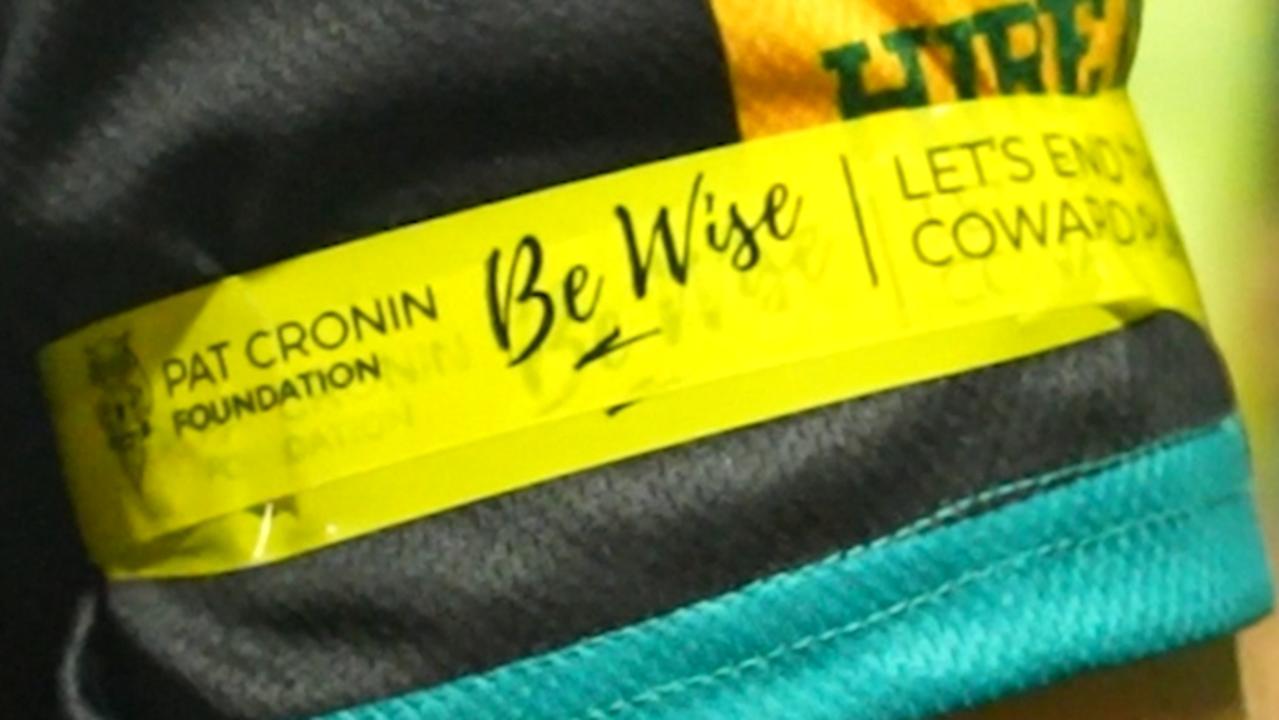Upper Murray FNL vows to fight on with four clubs
The Upper Murray Football Netball League has been reduced to four clubs for the 2023 season and there are grave concerns the competition could fold.

Country Footy
Don't miss out on the headlines from Country Footy. Followed categories will be added to My News.
The country towns that make up the Upper Murray Football Netball League are fighting for their second homes — again.
After rebuilding through bushfires in 2019 and the Covid pandemic, the lifeblood of these communities are on their knees — again.
Facing an uncertain future with just four clubs – the communities of Bullioh, Corryong, Cudgewa and Tumbarumba are rallying to keep the lights on — again.
If another follows Federal in closing its doors, the final siren will sound on 130 years of history.
Just don’t expect them to go down without a fight.

On a Tuesday night in Corryong, locals are meeting to discuss what the year will look like for the Corryong Demons.
For the first time in 100 years, the Demons will be the town’s only football-netball club after Federal went into recess in late 2022.
Formed in 1892, one year before the UMFNL’s inception, Corryong are the competition’s successful team with 31 premiership.
Federal, before it went into recess, was second with 27.
With Federal gone, the Demons must continue fighting to keep the town’s sporting flame burning.
For many Corryong supporters, the 2023 season feels like another crossroads moment after the club was almost ripped in half by the devastation of bushfires and the Covid pandemic.
In 2020, the club rejected the prospect of moving to the neighbouring Tallangatta District league — a decision which would have seen the two Corryong clubs become one.
Instead, they chose to fight.
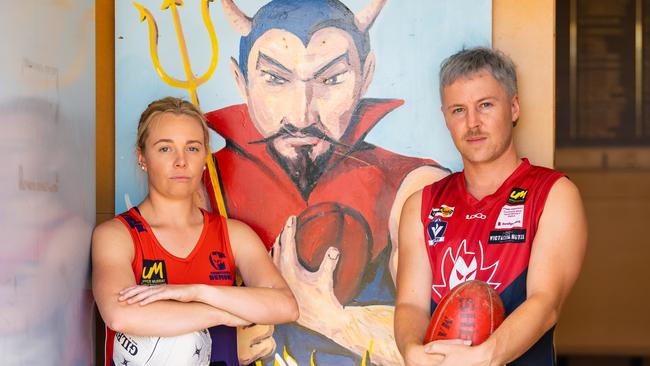
“Our club was divided straight down the middle,” Corryong president Owen Johnstone said.
“Every vote that came up came down to the final vote every time. We voted to stay as we are. There were plenty of people with split decisions in themselves.
“I was one. Personally for my kids’ future, the Tallangatta league was the better option.
“I had two different thoughts — one was moving on and the other was I am president of the football club and we had to try to keep our football club (which we did).”
The club lost 50 years of experience from its committee after deciding to remain in the Upper Murray league.
And three years on, the club is planning for the long-term future despite the quickly rising concerns about what may happen in the short-term.

“We’re working on our club, not the league, so if things change for the league we’re hoping we will still have our club,” Johnstone said.
“We’re building our club to be successful. Whatever is thrown at us, we can take it.
“We’re in control of ourselves, we’re not in control of anything else.”
Evan Nicholas, a former Demons coach and player, has lived in the community his whole life.
He’s experienced the highs of premiership success and the extreme lows of rebuilding the club and town from the ground up after the 2019 bushfires.
And he wants his three sons to one day follow in his footsteps.
“We know that we do want footy and netball here, over the last couple of years we’ve seen it is such an important place for people to socialise,” he said.
“There’s going to footy and winning, which makes it more enjoyable, but there’s going to football to socialise and see people.
“Our friends from Tumba, they are not part of our community, but they are an important part of our football community.
“The footy clubs are actual little communities inside the community and when you put it together it is a big one.
“It’s important we maintain that.”
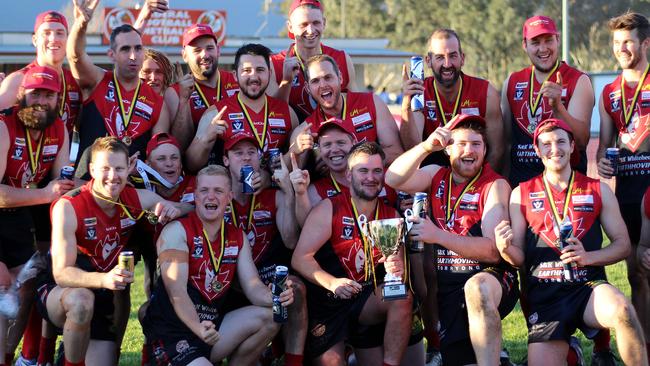
For the towns of Bullioh and Cudgewa, the home of the Bulldogs and Blues respectively, the loss of the football club would effectively put the towns at risk of having nothing but farming and houses.
Cudgewa, located 12km from Corryong, has one pub and the footy club.
Only recently has the pub, Hotel Cudgewa, reopened after patron Lil Fair took over from her grandfather who died a couple of years ago.
His death forced the venue to close its doors.
She said while there are “great” regulars, the football and netball club provided significant income during winter to keep the lights on.
If the doors closed at the Cudgewa Football Netball Club, the pub would find itself in a battle.

“I sponsor the footy club, I do vouchers and stuff so everyone comes here after home games and sometimes away games,” Fair said.
“Winter is always pretty quiet, so it’s good to have the club come up. I play for the club myself so that helps with them coming up as well.”
Cudgewa vice-president Brad Jarvis said the club provided a place to play for not only locals but farmers within a 50km radius.
“It is their social outing and they are passionate about supporting their team,” Jarvis said.
“On Thursday night training we’ll have 100 meals every week. The netball is tied in with the football and it brings a lot of girls, women and families.
“One thing we try to do is attract the families.”
For Bullioh, about 60km from Albury-Wodonga, the loss of a football club would leave the town with nothing.
Bullioh has the smallest population of the four clubs with just 75 people in the area according to the last Census.
The town has no pub, no general store and the football club is not located there.
It’s down the road at Tallangatta Valley.
But it doesn’t stop people from coming to watch, play or help the club.

“It’s a valley of people and it’s a farming community,” Bullioh president Shayne Reid said.
“The actual football club is the only social outlet for our community.
“It’s where everyone comes together for a social gathering on Thursday as well as a home game on Saturday.”
The club is the most recent addition to the competition, joining in 2001, but it has more than 70 years of history,
It’s previously played in the Tallangatta District Football League.
Reid said without the club the town would lose its identity and a chance for people to get together.
His brother Clint, who is the coach, last year brought up the club’s record games tally with 236.
He retired ahead of this season.
Reid hopes the club can be around for someone to break his record.
“I genuinely hope it can be passed by someone, a younger guy,” he said.
“It’s great to see the league continuing on for reasons outside of football. We’ve been a massive part of the club.
“My grandfather, my mother and father, my brothers and sisters have all been involved.
“It’s a good family club, which I enjoy. It’s built on good morals and good people.”

For Tumbarumba, if the UMFNL folds, the club will follow.
Tumbarumba is the largest town in the competition, home to more than 2500 people, according to latest census.
Located in New South Wales, at the start of the Snowy Mountains, the club has been playing in the competition for the past 52 years and won last season’s football and netball premierships
The Kangaroos are the lifeblood of the town.
But with success comes the realisation this competition is what it needs to survive.
The town is too far geographically from other Victorian competitions and while Wagga Wagga could be an alternative, a move there would leave the club to compete with one of NSW’s largest regional towns.
“Bottom line and I’ve been an advocate for this for the last couple of years this is our only option,” Kangaroos president Mont Waters said.
“We rely on players from out of town to play senior football.
“At the moment we are attracting players from Wagga or Albury. It’s easy to get players to leave their club in Wagga to play for Tumba in another league.
“If we wanted to get players to leave their club (in Wagga) and play in a Wagga league (with us) they wouldn’t do it.
“They come to Tumba for a change, they wouldn’t come to Tumba to play in the same league.”
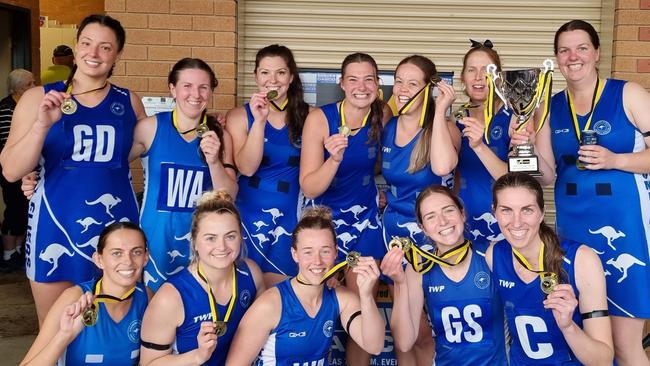
Waters said the loss of the club would have detrimental impacts on the community.
“Local businesses would really miss the Upper Murray Football League,” he said.
“Six times a year there will an influx of visitors to the town, so it’s very important.”

With four teams in the competition, this year’s draw has a few quirks.
Each team will play each other at least four times during the home-and-away-season across 12 rounds.
Then, all four sides will qualify for a finals series.
“We wanted to optimise game time as we are having a shorter season,” league operations manager Nadia Edwards said.
“There was discussion about dropping the finals back a little bit and not have third and fourth.
“Anything can happen in finals, so that’s why we kept four weekends of finals.”
The team set to benefit most is Corryong who finished last in both sports last season.
“We’re not aiming at playing in that first week of the finals (third against fourth), we want to be playing the prelim for an opportunity to play the grand final,” Corryong president Johnstone said.
“We don’t want to make up the numbers. We want to be in the top two.
“We’re going to play teams four times, five times a year, and we’re going to get to know them.
“If they are better than us we are going to get to gauge yourself against them every three weeks.
“It’s going to be interested and fun to see it unfold.”
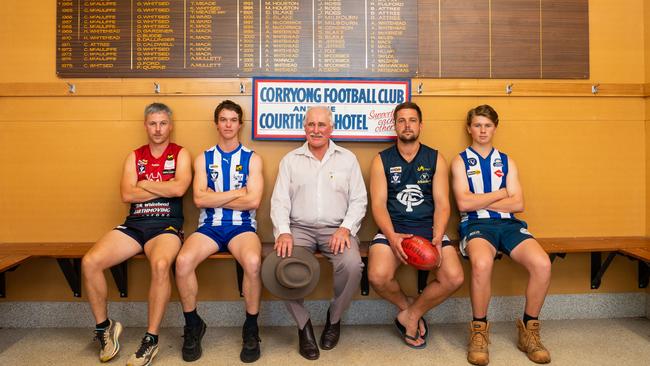
Bullioh coach Clint Reid said it could be hard to motivate his team to play the same rivals every few weeks.
He said there was one way to solve it.
“Small things happen in games and it won’t have time to settle before you play them again,” he said.
“That’s where you’ve got to be strong off the field, promote good times and have strong leadership to keep everyone upbeat about the whole thing.
“Something I learned a long time in football is to never look back.
“You look forward to the next time you play them, accept the challenge and work out what you can do yourself to make your game better and the team’s game better.”

AFL North East Border says it is fully supportive of the UMFNL continuing with four clubs but if one is forced to close its doors the competition’s days will be numbered.
It says the UMFNL needs to find ways to keep surviving or be forced to make tough decisions about their future.
AFL North East Border region operations manager Michael Bocquet said the numbers in the competition provide a grim reality.
“The ideal scenario is all four clubs soldier on and continue strongly and if they can do that it will be perfect for the community up there,” he said.
“The trends have shown that the player numbers are dropping off. And that’s evident with a second club (Federal) basically folding in the league.
“The future with the playing numbers may not be there so the work we have done in the past is try to make sure of what their future looks like and what options are available to them.
“If all four clubs are able to maintain good numbers, good financials and good operations as well the league, everything is more than capable as running as it is.”

Bocquet said if the worst case scenario happened and the competition folded it would have to get the approval of other leagues for the clubs to join either as individual clubs or a merged entity.
But any decision needed to be in the best interests of the community.
“If they were to merge it will have to be community driven,” he said.
“A small handful of people wanted to drive it, but the clubs weren't buying into it. The community buy in for one club would be a great help for that (idea) to continue on.
“It might help with the acceptance into the TDFL league.”
Bocquet said it’s a delicate situation and there was no easy decision.
“Talking to other leagues and our own body, 2020 was tough with no football but 2021 was harder as it was so stop start for everyone,” Bocquet revealed.
“Last year, 2022, we still had the lingering of isolations and things like that.
“This year without any type of restrictions of any sort, hopefully it opens up with participation, club support, volunteers and people who want to watch footy will increase as well.”
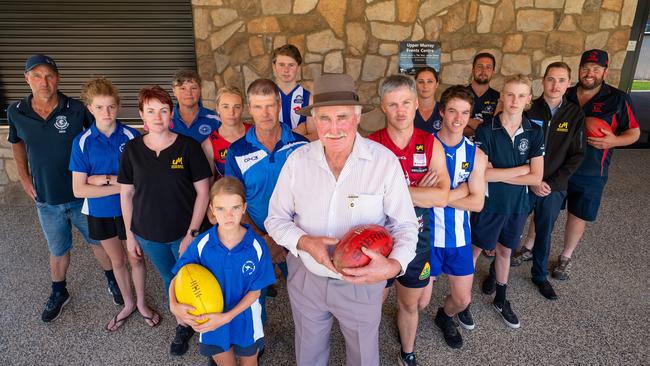
Ahead of the 2023 season, the UMFNL has no choice but to keep fighting.
“(In the) Upper Murray we have four strong clubs that want to continue with four very good grounds, each ground has two netball courts and function rooms,” Edwards said.
“The Upper Murray has survived because we keep finding people to come on board.
“It’s always finding ways to manoeuvre and myself and other people in the league are very strong.
“So why change something too much while it is still working.
“Once it is gone, it’s gone.”
The new season starts on April 22.



